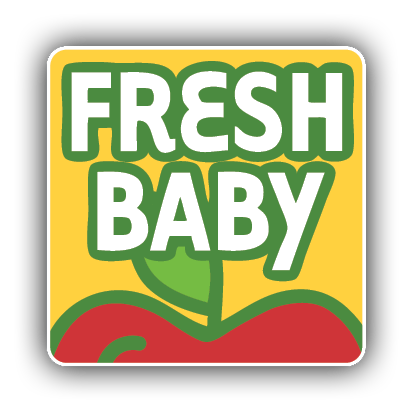
A key to healthy eating is knowing just what you are eating. In our modern day of processed food convenience, this often means that reading the box, bag and carton labels on foods is a crucial piece of knowledge. It’s hard to understand labels and claims and some of it can be downright misleading. Here are a few tips to help you quickly assess a food label:
What’s first on the list? Ingredients are listed by quantity, with the highest quantity ingredient first. When shopping, read what the number one ingredient is on the label. For example on your son’s favorite cereal is the first ingredient wheat or sugar?
Whole Grains are better. The more “whole” the ingredients, the longer it will take your body to digest it. Plus, a lot of the nutrients are in the whole part of the grain kernel. Does your son’s box of cereal have a claim on it for “Whole Grains”?
Less sugar is better. Sugar is mentioned on the nutrition facts label in “grams” per serving. 1 gram of sugar equals ¼ teaspoon, or 4 grams = 1 teaspoon. According to a NY Times article about sugar content in breakfast cereals, many popular brands contain 16 grams of sugar per serving (4 teaspoons) or more.
Avoid HFCS and Trans Fats: Try to find healthier alternatives to products that contain high fructose corn syrup (HFCS ) and hydrogenated oils. Both of these ingredients are linked to unhealthy eating.
Can you pronounce everything on the label? The less preservatives, colors and additives the better. If there are several ingredients you can’t even pronounce, put the product back on the shelf and find another option.


